Remembering a time when "going to the battlefield without regretting one's youth"
On April 30, 1975, the Ho Chi Minh Campaign completely liberated the South and reunified the country, ending in victory, opening a new era for our country.
Not only during wartime but also in peacetime, he was still diligent and dedicated to collecting war relics for nearly 20 years, creating a private museum to honor his comrades and educate the younger generation about the heroic tradition of the nation. That veteran was Lam Van Bang (born in 1943, from Phu Xuyen, Hanoi), he came from a family with a revolutionary tradition. In 1965, when the US expanded the war to the North, like many generations of young people "going to the battlefield without regretting their youth", he decided to follow the call of the Fatherland to join the army.
In 1966, he and his comrades went to the South. During the extremely fierce campaign called Mau Than 1968, he was captured by the enemy and imprisoned in Bien Hoa prison and then exiled to Phu Quoc. In 1973, he and many comrades were returned under the Paris Agreement.
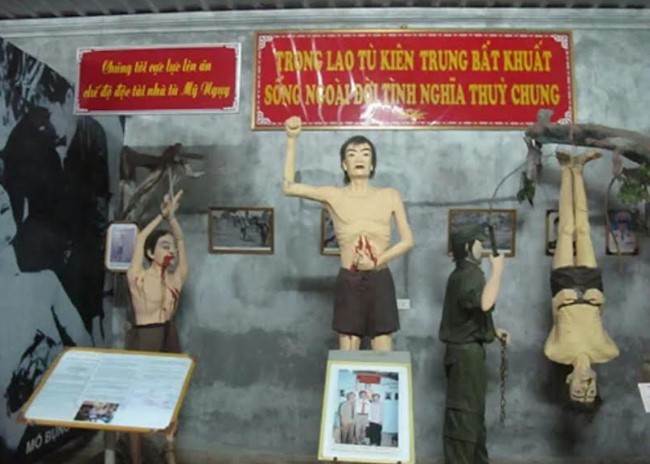
Image of prison guards at Phu Quoc prison torturing revolutionary soldiers.
“During my time in the enemy's prison, I witnessed many comrades with "golden courage and iron heart", steadfastly defending the revolutionary ideals, ready to die even if the enemy used the most brutal torture techniques.
When I was in Chi Hoa prison, I witnessed many comrades being seriously injured, brutally tortured with loud, painful screams, then slowly and completely fading away... That was when the soldier passed away, but those sacrifices ignited the steadfast will in the hearts of every survivor," Mr. Bang said.
The veteran said that in the years after the war ended, he often heard the painful cries of his comrades... All of these things haunted his mind for many years and urged him to do something to show his gratitude to his comrades.
“We need to find wartime relics to preserve and express our gratitude to our comrades who died for our homeland and country, and at the same time remind future generations to understand more about the meaning of peace and freedom,” Mr. Bang recounted, adding that the idea of establishing the Museum of Revolutionary Soldiers imprisoned by the enemy gradually took shape from there.
After the war ended, Mr. Bang continued to contribute his efforts to the country's construction as the Head of Traffic Management Department No. 5. In 1985, while commanding the repair of Gie Bridge (present-day Phu Xuyen District), workers discovered a bomb.
Mr. Bang asked an expert to remove the fuse, remove all the explosives, and bring the shell back to headquarters. There, he detonated the bomb and wrote the words: "Girl from Suoi Hai, Boy from Cau Gie".
The next morning, before going to work, he saw many workers gathered to look at the bomb shell. Sitting on the second floor working, looking down, he thought: "The soldiers were captured by the enemy, imprisoned and tortured horribly, always close to death; there are so many artifacts... So why don't we gather them together to display?"
Getting started, Mr. Bang was fortunate to receive great encouragement and support from his comrades. Not minding the long distance, the veteran traveled thousands of kilometers to find artifacts of his comrades. After many years of diligently searching for artifacts, on October 11, 2006, the “Museum of Revolutionary Soldiers Captured and Imprisoned by the Enemy” was officially established.
To date, after nearly 20 years of operation, the museum has 10 exhibition rooms, with nearly 5,000 collected relics. “The relics in the museum are not too big items, but behind each relic is a story, containing behind it an extremely great meaning, each artifact is the bones and blood of my comrades”, Mr. Bang said.
He cited the example of the Party flag painted in blood in the prison of Mr. Nguyen Van Du (Hong Duong commune, Thanh Oai district, Hanoi). Before that, to "lobbied" Mr. Du's family to donate to the museum, his group cycled to Mr. Du's house more than ten times.
“At first he did not agree, then he avoided us. Then he said his wife did not agree to “hand over” the Party flag to us. We tried to persuade his wife, but she said her children did not agree,” Mr. Bang recounted.
"If you keep this precious Party flag, only your family will know. But when I bring it back to the tradition room to display, many people will know. This is also one of the things to report to the Party, the Army, and the People about the loyal, indomitable, and steadfast revolutionary soldiers. And to educate the tradition for future generations," I always said that after more than ten times visiting his house and convincing him.
The veteran continued: “When handing the flag to me, Mr. Du and I cried together, because to him, the flag was his whole life. When the enemy searched, we rolled up that special flag (when opened it was only the size of a hand) and stuffed it into our mouths, into the crutches of the wounded person… The Party flag was painted with blood, it was not easy to get.”
Faith in the young generation
Mr. Bang excitedly said that every year on the occasion of the Southern Liberation Day (April 30) or the War Invalids and Martyrs Day (July 27), the founding day of the Vietnam People's Army, his museum welcomes many tourists, both domestic and foreign, to visit and learn.
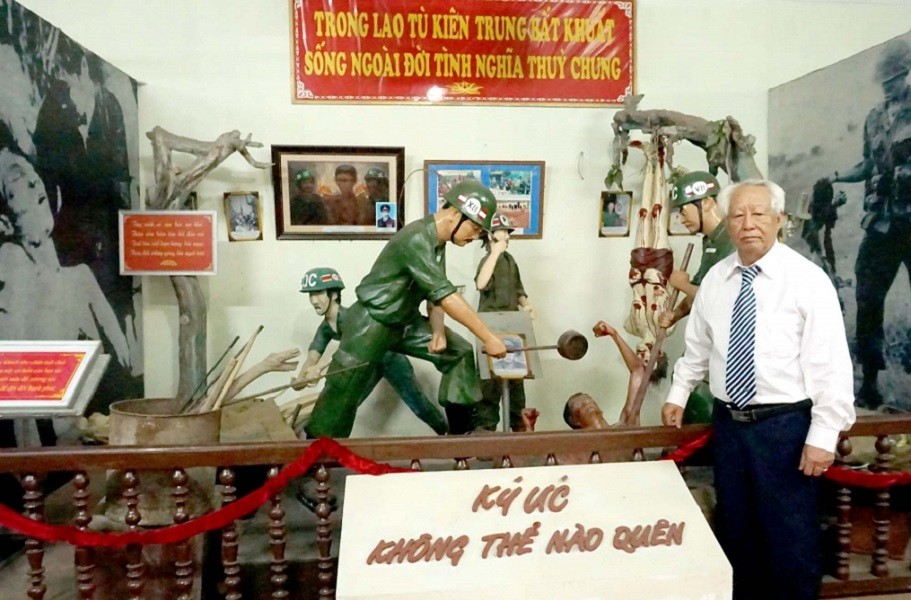
After returning from the war, Mr. Lam Van Bang always thought about establishing a museum to collect artifacts to show gratitude to his comrades.
In particular, the museum also receives attention from authorities at all levels, and the local education sector regularly organizes trips for students to learn. “That is a great encouragement for me and my brothers and sisters who are taking care of and preserving the museum here,” Mr. Bang said, expressing his hope to receive more attention from the authorities and people so that the museum can develop further.
With the belief that "our army comes from the people", "our army is loyal to the Party and filial to the people", he said that from the time he was in school, joined the army, was imprisoned by the enemy until he returned to civilian life, he always kept in mind that he had to do things that were useful for society and the country according to Uncle Ho's teachings.
“Studying and following Uncle Ho's teachings on educating the young generation about revolutionary traditions, great solidarity work,... my comrades and I built this Museum to educate the present and future generations about revolutionary traditions.
Through each shared story, people, especially the younger generation, are reminded of the sacrifices of heroic martyrs and how precious Uncle Ho's teaching "Nothing is more precious than independence and freedom" is," said Mr. Bang.
With his contributions, Mr. Lam Van Bang was honored to receive the Third Class Labor Medal from the President, the title of Outstanding Citizen of the Capital in 2014 from the Chairman of the Hanoi People's Committee, and many other noble awards...
In 2018, he was one of 70 typical examples honored at the 70th Anniversary of President Ho Chi Minh's Call for Patriotic Emulation. In 2019, the museum was honored to receive a Certificate of Merit from the Prime Minister...
Thuan Nguyen
Source

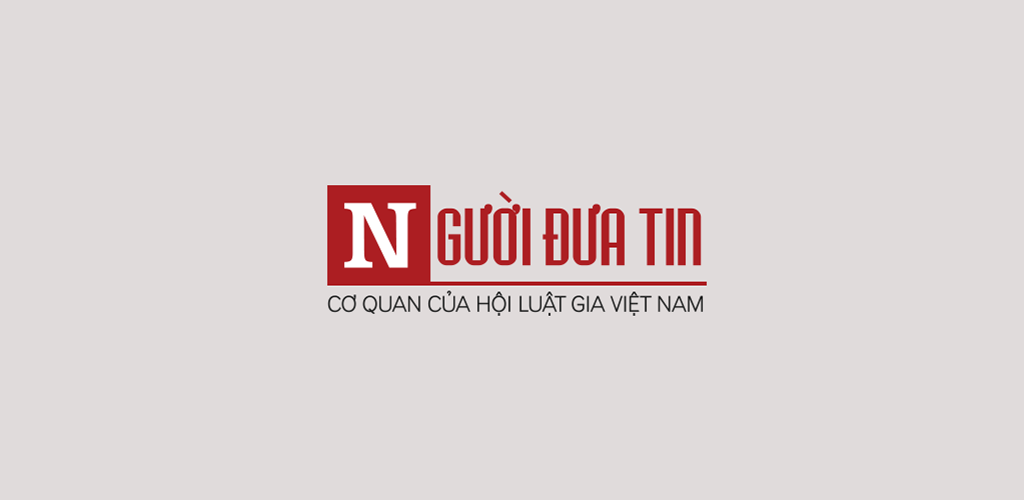



![[Photo] Prime Minister Pham Minh Chinh chairs meeting to discuss tax solutions for Vietnam's import and export goods](https://vstatic.vietnam.vn/vietnam/resource/IMAGE/2025/4/10/19b9ed81ca2940b79fb8a0b9ccef539a)

![[Photo] Phuc Tho mulberry season – Sweet fruit from green agriculture](https://vstatic.vietnam.vn/vietnam/resource/IMAGE/2025/4/10/1710a51d63c84a5a92de1b9b4caaf3e5)


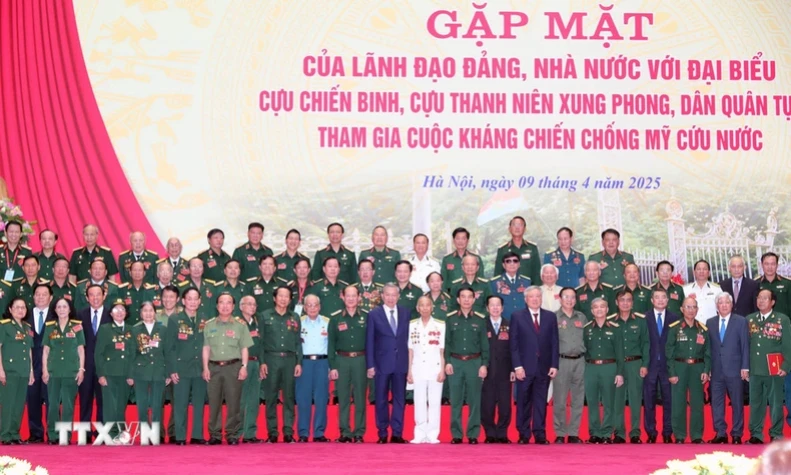


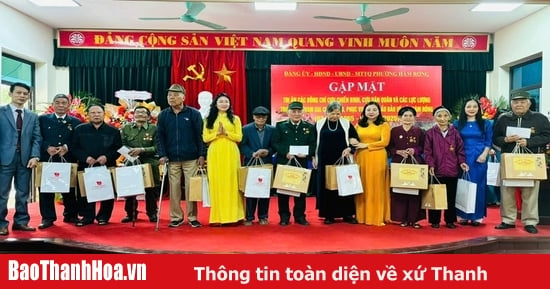
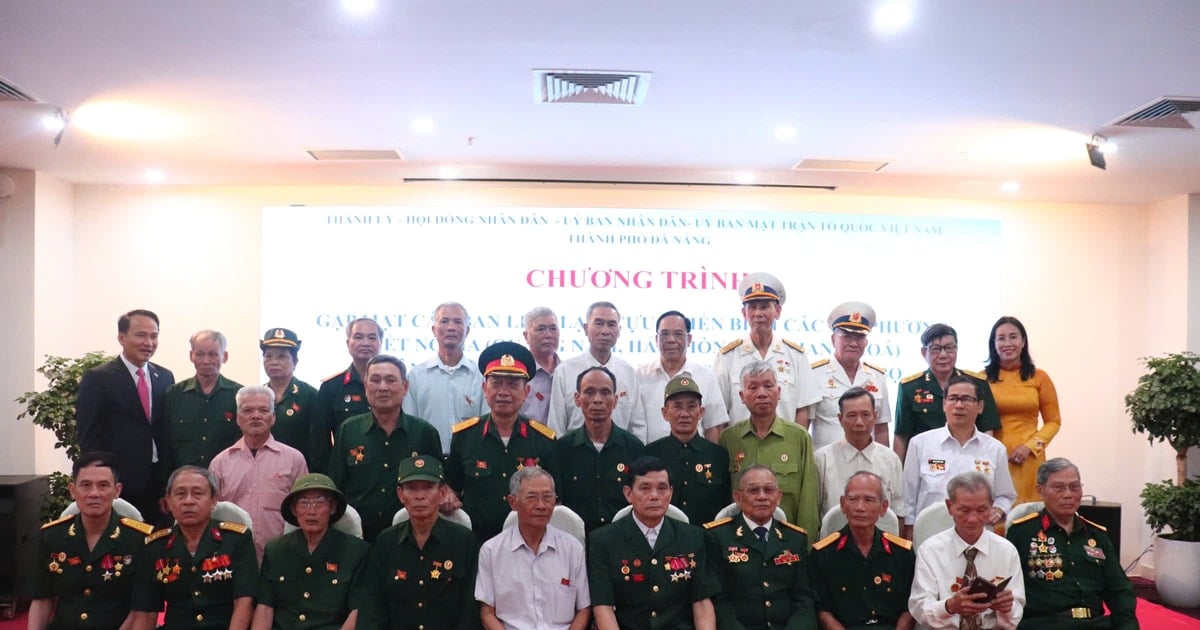
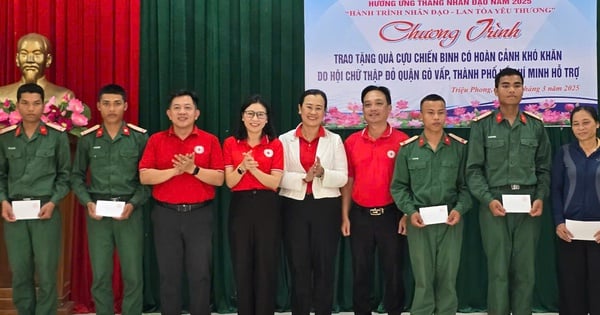

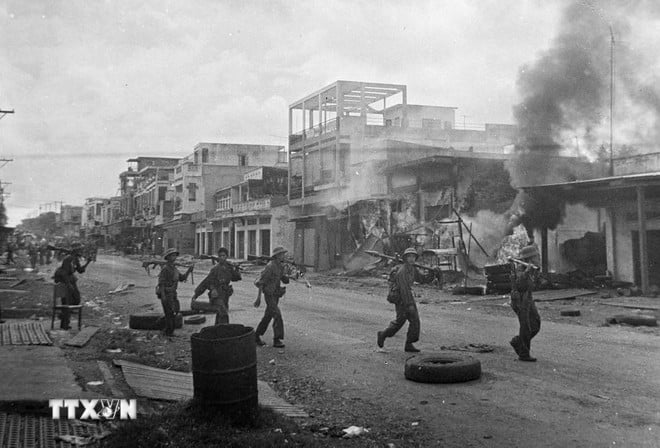

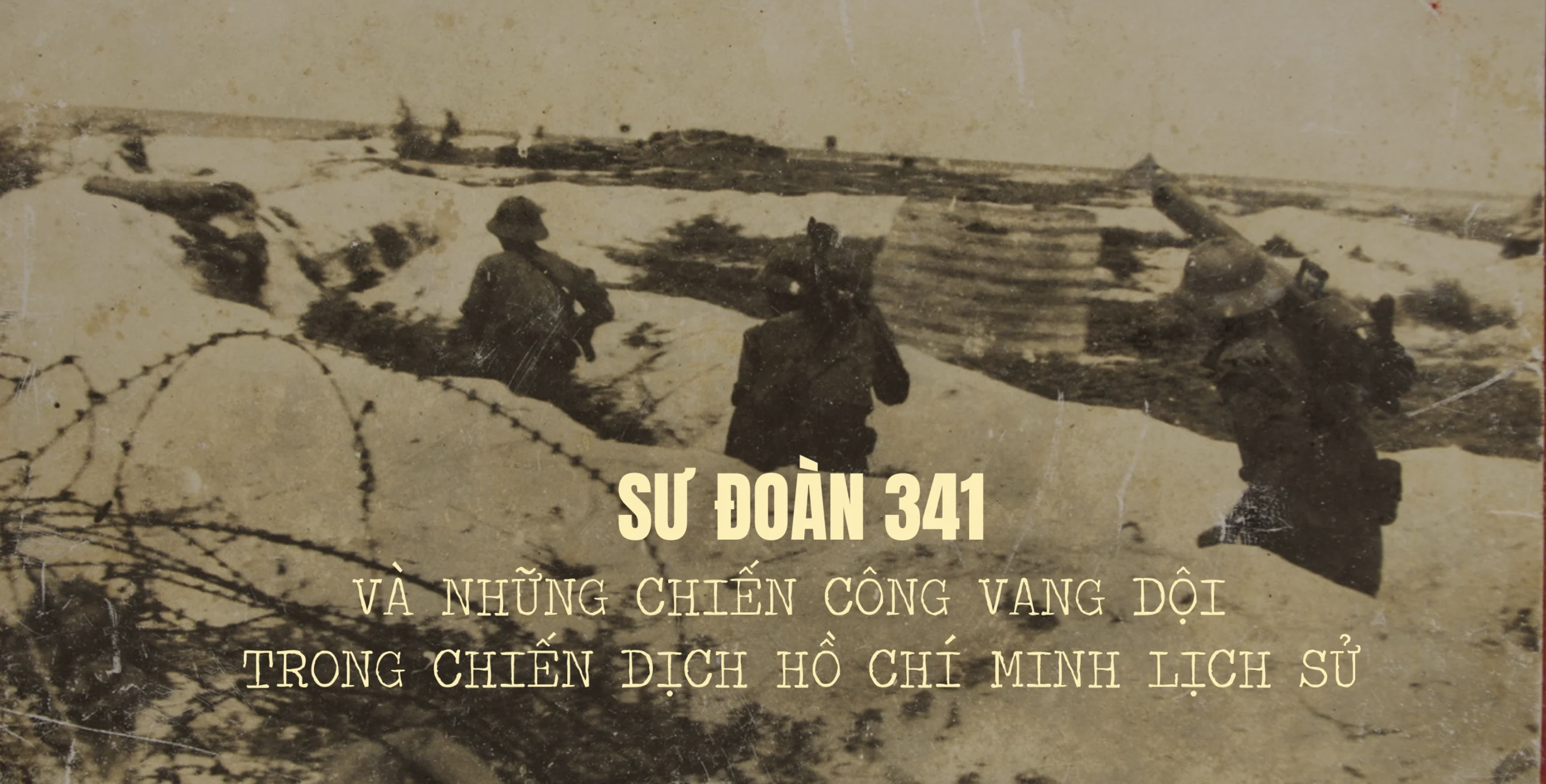
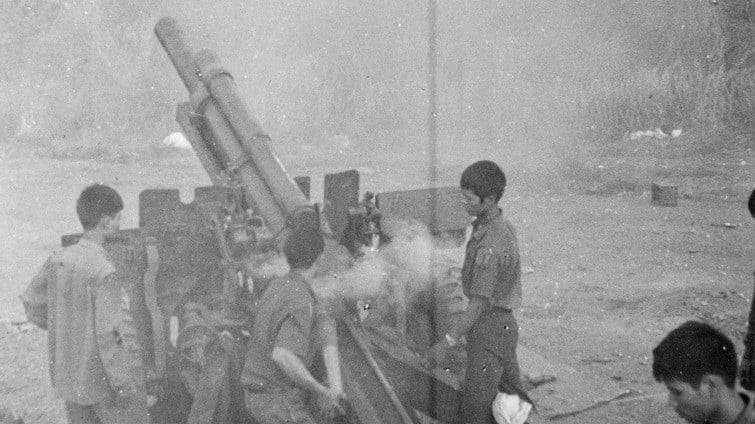

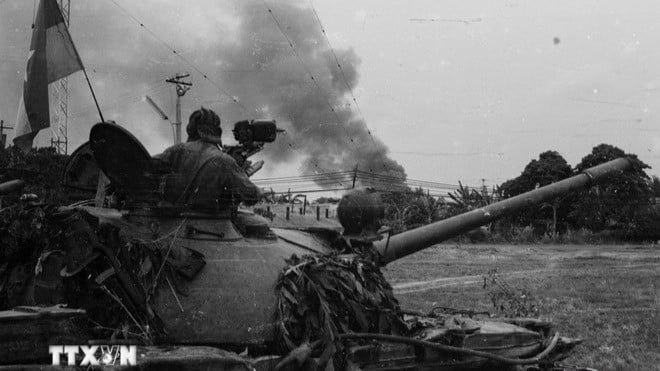





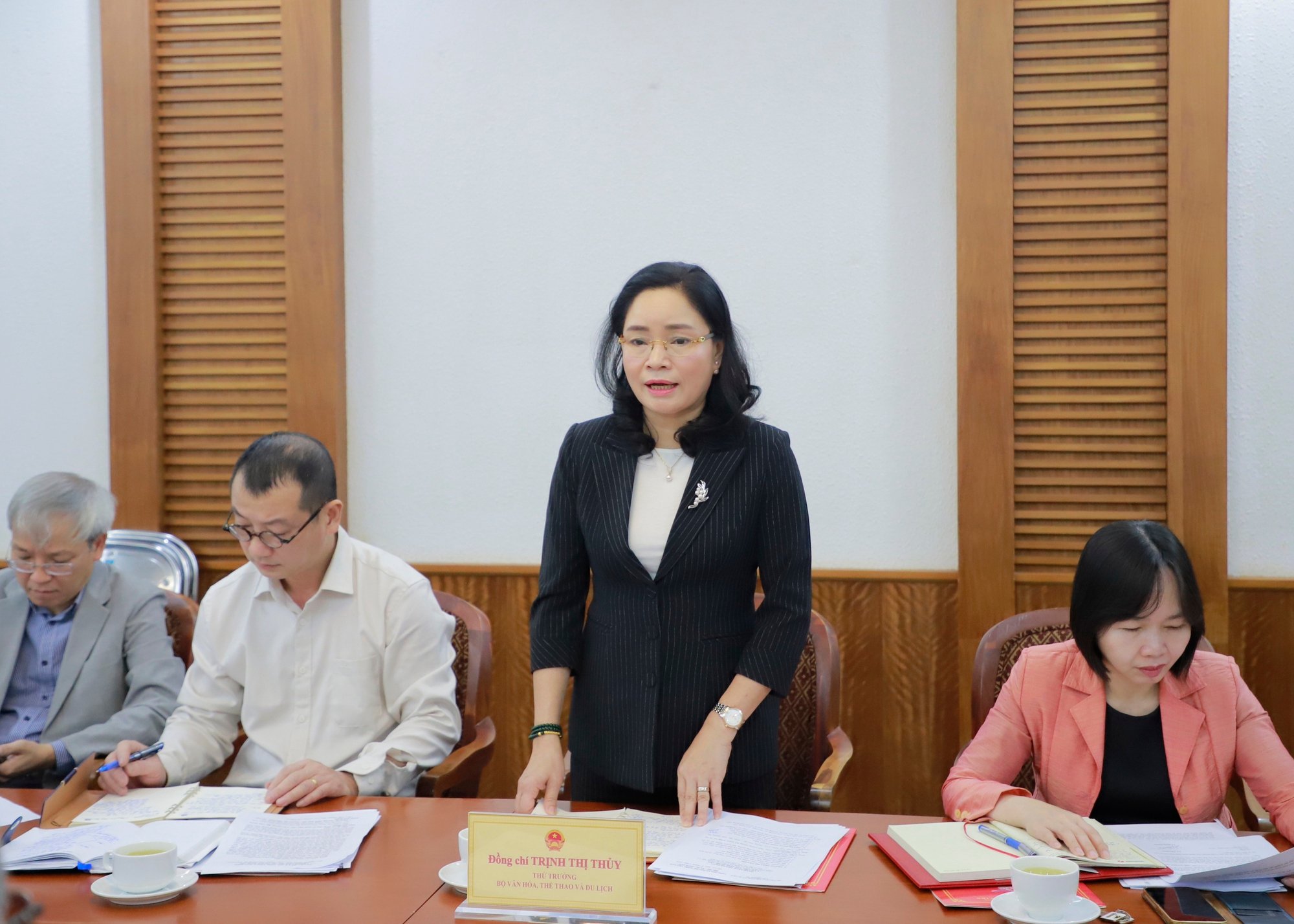
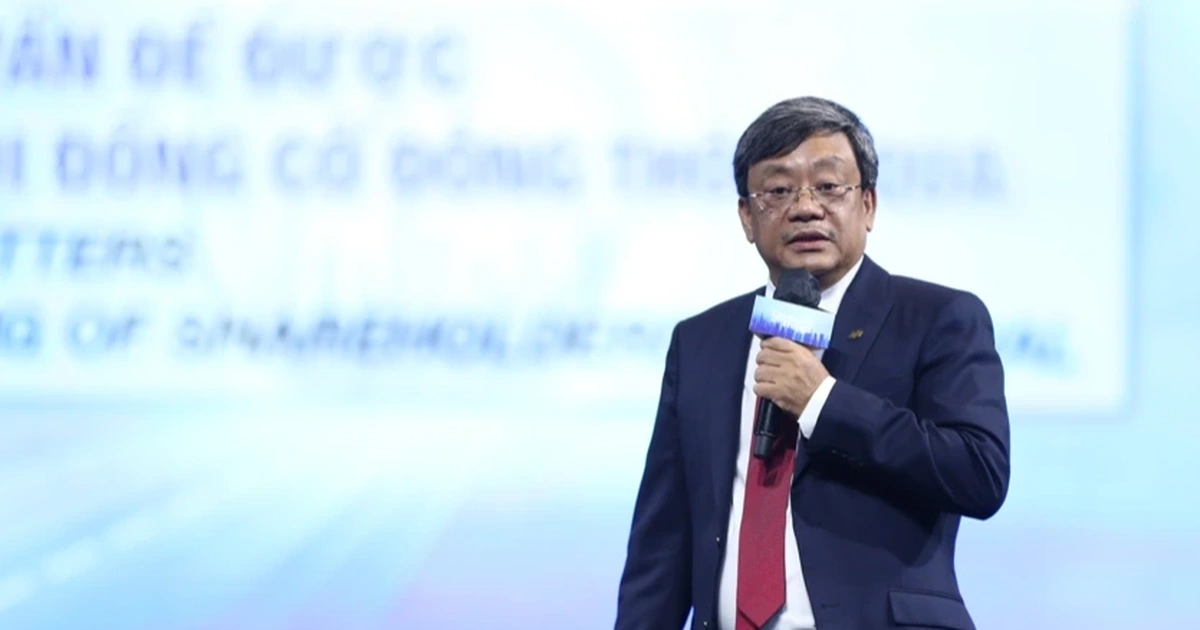

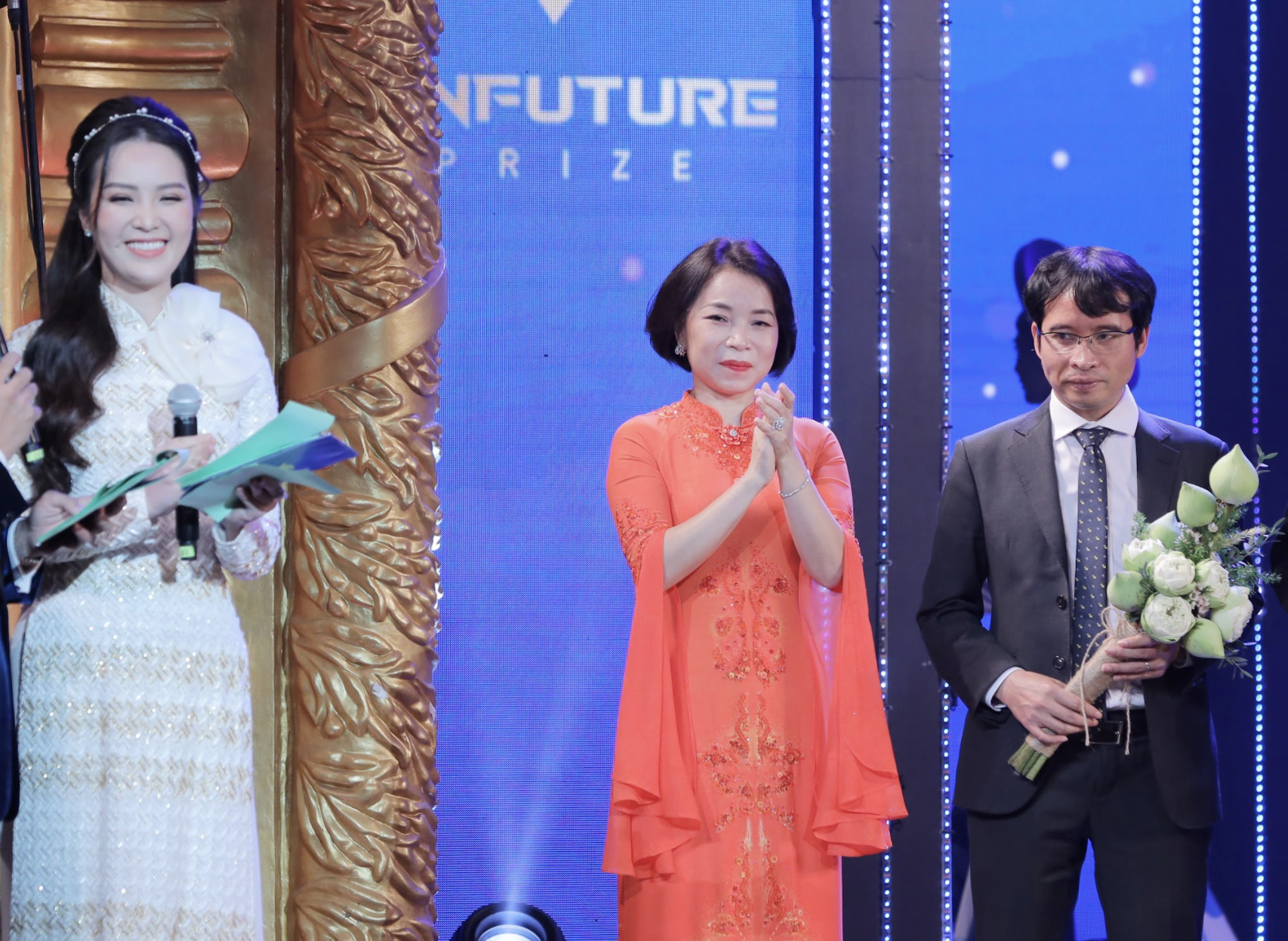
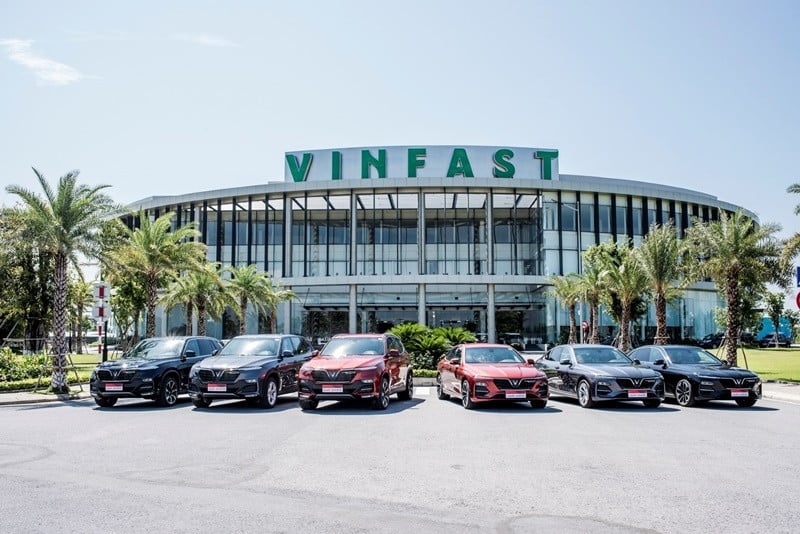
![[Photo] Unique folk games at Chuong Village Festival](https://vstatic.vietnam.vn/vietnam/resource/IMAGE/2025/4/10/cff805a06fdd443b9474c017f98075a4)






































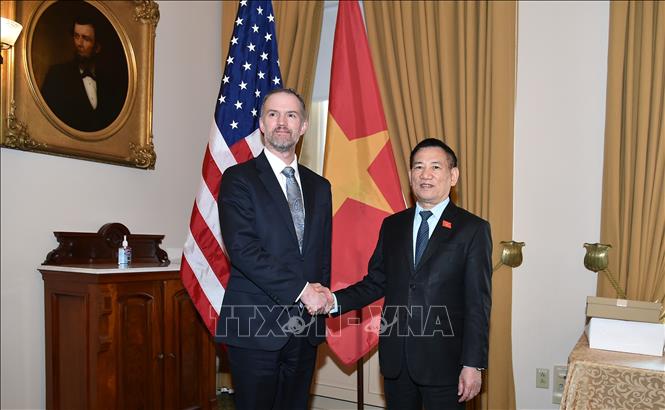


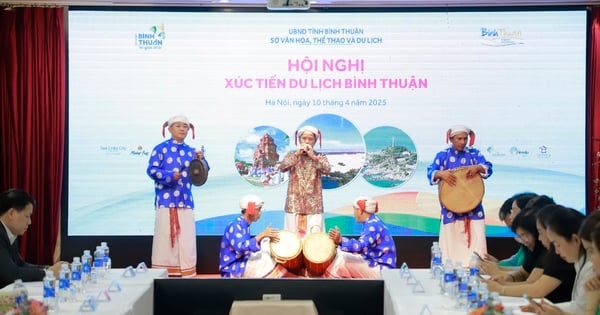

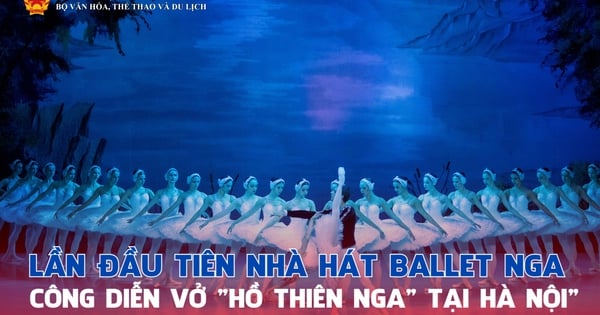





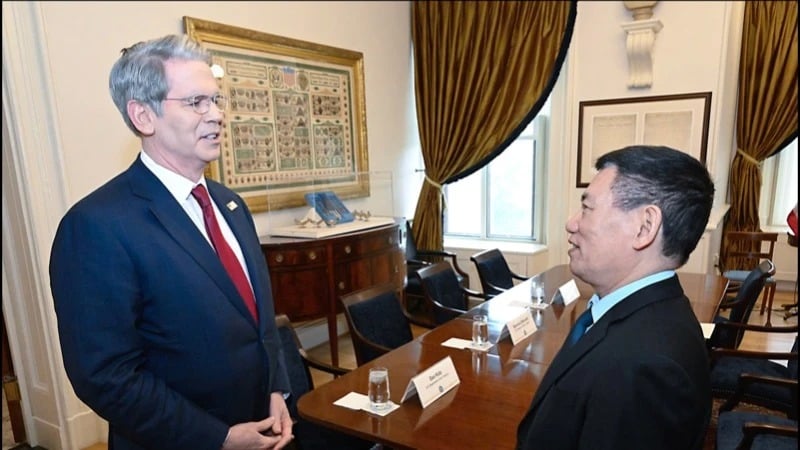
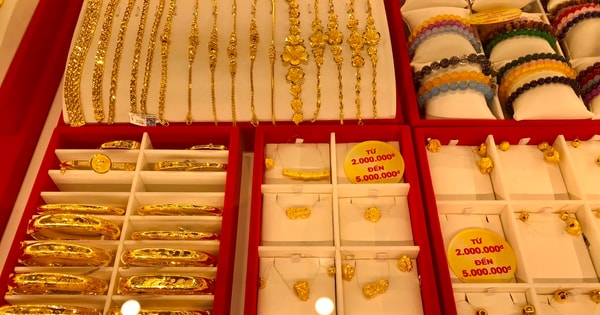

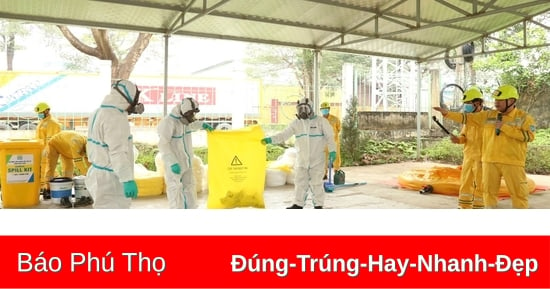
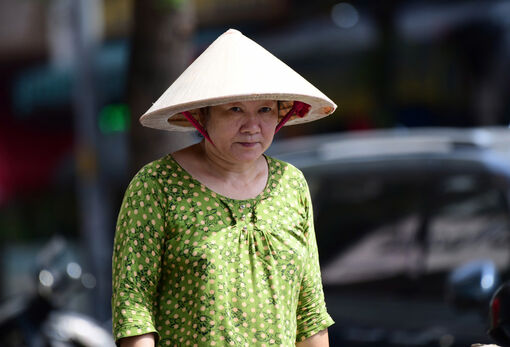

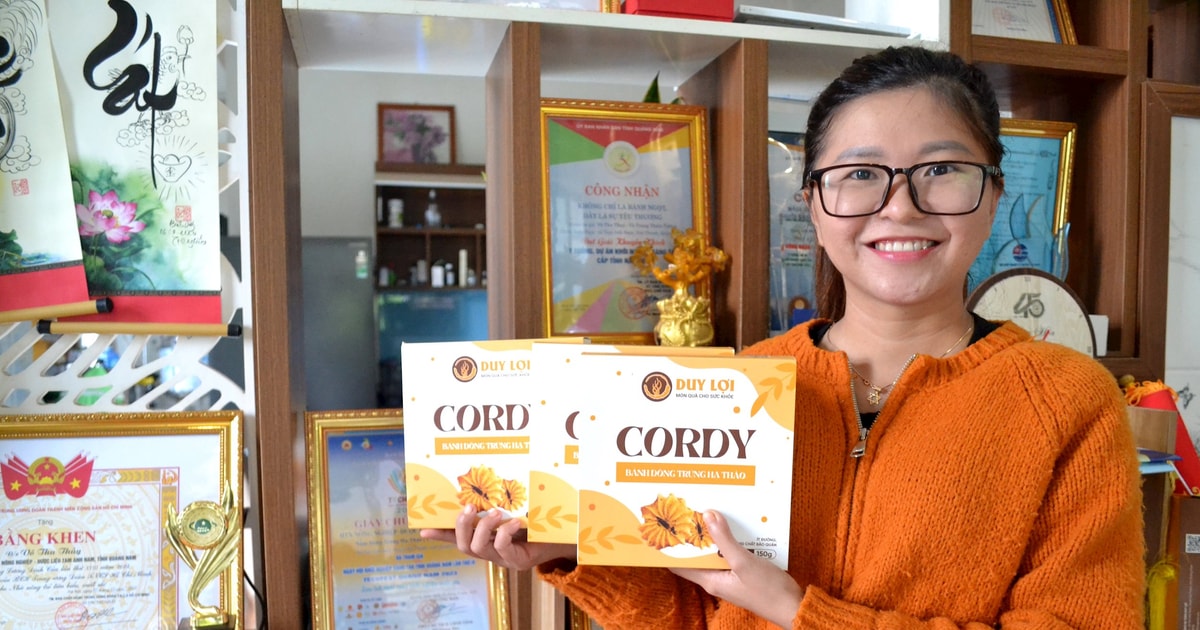









Comment (0)